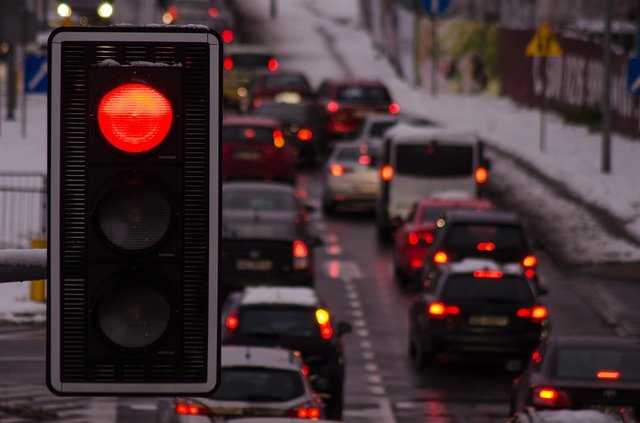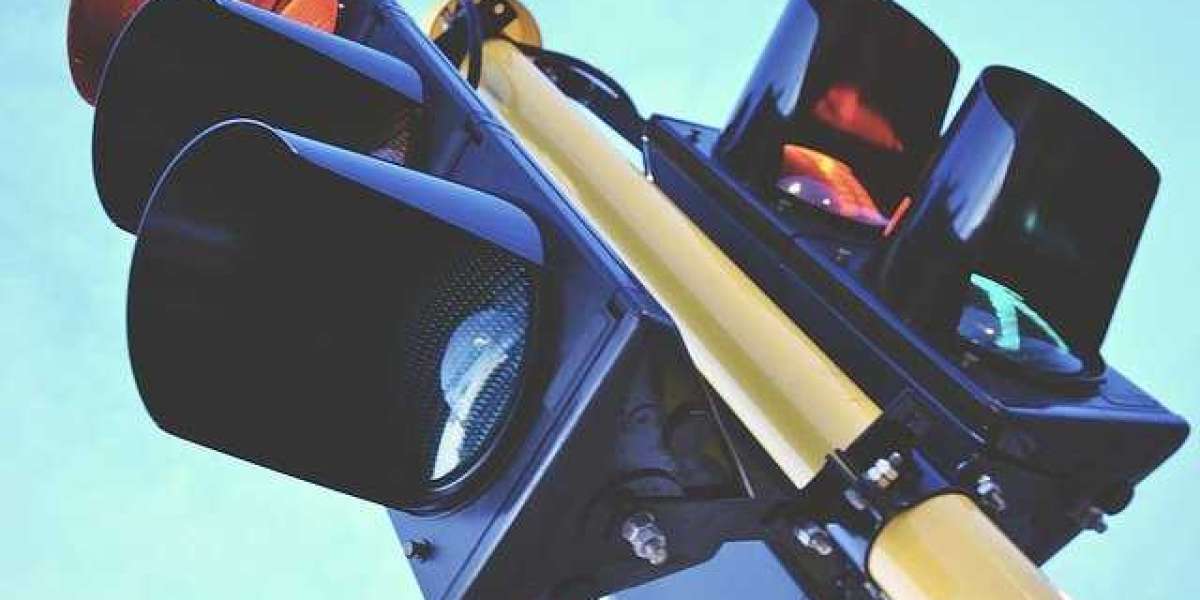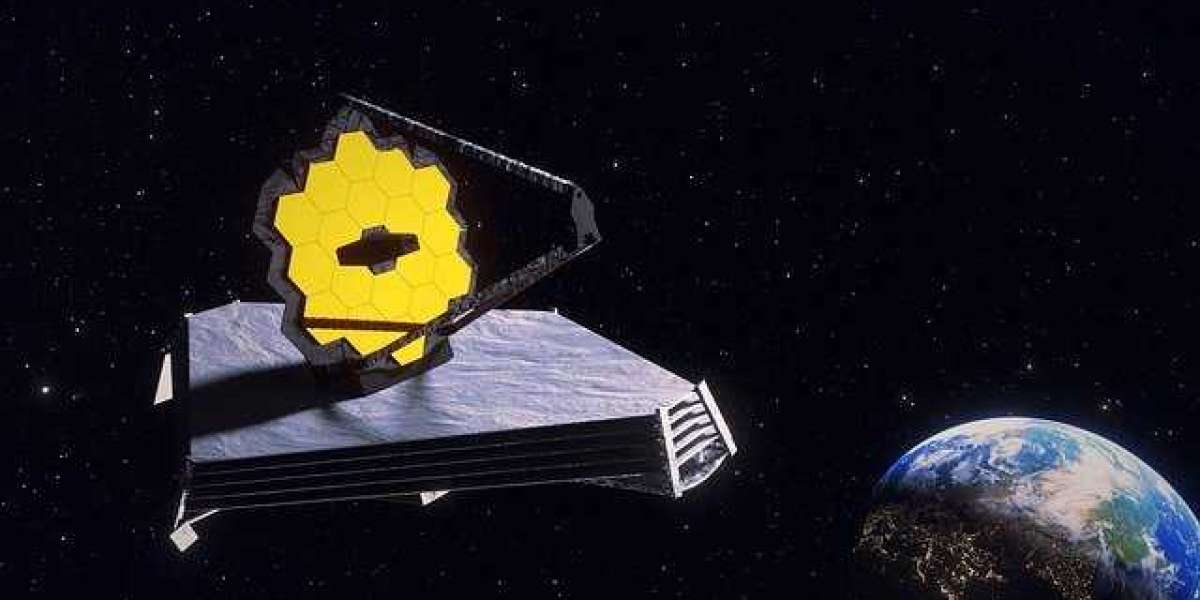The big weakness of current traffic lights is their rule-based, scientists point out, because rigid rules do not apply to all traffic situations. The traffic light often has a red light for no reason, which slows down traffic.

The new traffic light is much smarter; High-resolution cameras and radar sensors measure traffic much more accurately than current induction rings located on asphalt. For example, a traffic light not only records how many cars are currently waiting at a crossroads, but also in which lanes they are located. The cooking time and the average speed are also measured. According to scientists, this real-time sensor technology, combined with artificial intelligence, replaces current rigid rules.
The scoreboard can shorten traffic jams and waiting times, reduce noise, vehicle fuel consumption and environmental pollution. Traffic lights can improve traffic flow by 10-15 percent. An intelligent traffic light should be useful for pedestrians as well, because it adapts the green phase to the passing time, so that, for example, the elderly or people with disabilities can cross the road safely. The number of dangerous violations, such as entering a red light, can be reduced by a quarter, the waiting time at the peak of traffic by a third, and so on.



